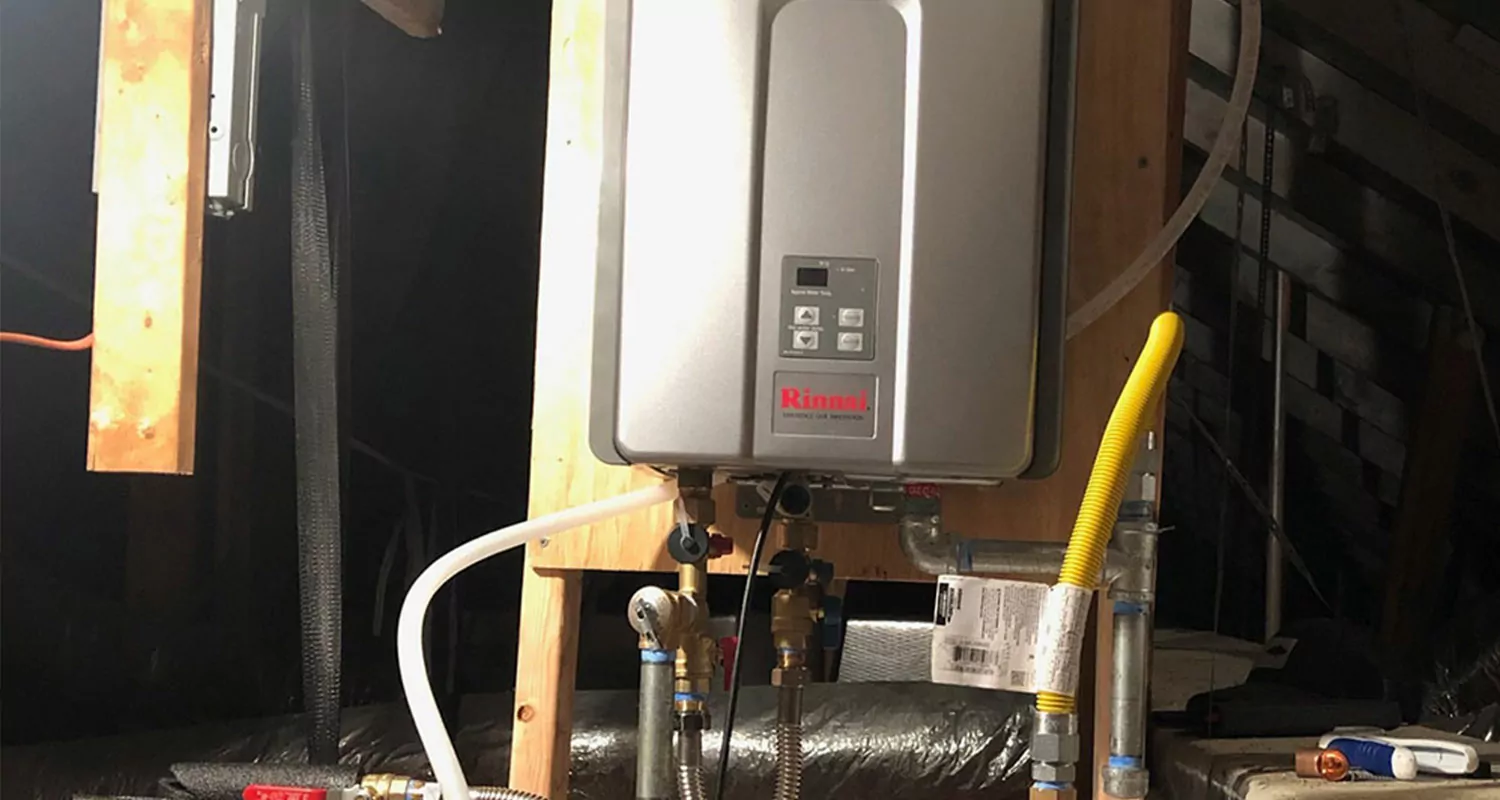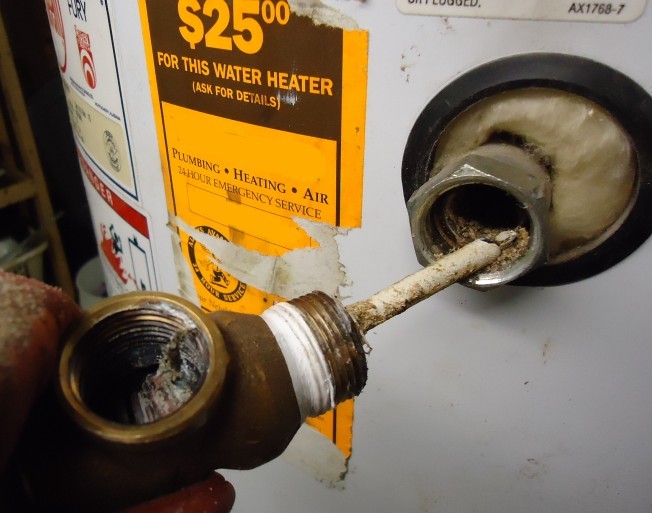Step-by-Step Guide to Maintaining Your Home's Hot Water System
Step-by-Step Guide to Maintaining Your Home's Hot Water System
Blog Article
Do you find yourself trying to find advise around Tips For Maintaining Your Hot Water Heater?

Warm water is necessary for daily convenience, whether it's for a refreshing shower or cleaning recipes. To ensure your warm water system runs successfully and lasts longer, normal maintenance is crucial. This write-up supplies useful pointers and insights on exactly how to keep your home's hot water system to prevent disturbances and costly repair work.
Introduction
Preserving your home's warm water system might seem daunting, yet with a few simple actions, you can guarantee it operates efficiently for several years ahead. This overview covers whatever from understanding your warm water system to do it yourself upkeep pointers and knowing when to hire specialist help.
Significance of Maintaining Your Hot Water System
Regular upkeep not just extends the life-span of your hot water system however likewise guarantees it operates effectively. Neglecting upkeep can cause reduced performance, higher energy bills, and even early failing of the system.
Indications Your Warm Water System Requirements Upkeep
Recognizing when your hot water system needs focus can prevent significant problems. Look out for indicators such as irregular water temperature level, strange noises from the heating system, or rustic water.
Flushing the Hot Water Heater
Flushing your hot water heater removes sediment build-up, boosting effectiveness and extending its life.
Monitoring and Changing Anode Rods
Anode poles avoid deterioration inside the storage tank. Inspecting and replacing them when broken is important.
Complicated Problems Calling For Expert Aid
Instances include major leakages, electric problems, or if your water heater is constantly underperforming.
Regular Expert Upkeep Advantages
Specialist maintenance can include complete inspections, tune-ups, and guaranteeing conformity with safety and security requirements.
Inspecting and Adjusting Temperature Level Settings
Readjusting the temperature level setups ensures ideal efficiency and security.
DIY Tips for Upkeep
You can perform several maintenance jobs on your own to keep your warm water system in top condition.
Looking for Leaks
Frequently examine pipelines and connections for leakages, as these can result in water damage and greater bills.
Recognizing Your Hot Water System
Prior to diving right into maintenance jobs, it's handy to comprehend the basic elements of your warm water system. Typically, this consists of the water heater itself, pipelines, anode rods, and temperature controls.
Month-to-month Maintenance Tasks
Regular monthly checks can aid catch small concerns before they rise.
Testing Stress Relief Valves
Checking the stress relief valve guarantees it functions appropriately and protects against excessive stress buildup.
Protecting Pipelines
Insulating warm water pipelines lowers warm loss and can conserve energy.
When to Call an Expert
While do it yourself upkeep is helpful, some issues require expert expertise.
Final thought
Normal maintenance of your home's hot water system is crucial for efficiency, longevity, and expense financial savings. By adhering to these suggestions and understanding when to look for specialist help, you can ensure a reputable supply of warm water without unanticipated disruptions.
How to Maintain an Instant Hot Water Heater
Before tinkering with your hot water heater, make sure that it’s not powered on. You also have to turn off the main circuit breaker and shut off the main gas line to prevent accidents. Also turn off the water valves connected to your unit to prevent water from flowing into and out of the appliance. 2. When you’re done, you have to detach the purge valves’ caps. These look like the letter “T†and are situated on either side of the water valves. Doing so will release any pressure that has accumulated inside the valves while at the same time avoid hot water from shooting out and burning your skin. 3. When the purge valves’ caps are removed, you have to connect your hosing lines to the valves. Your unit should have come with three hoses but if it didn’t, you can purchase these things from any hardware or home repair shops. You can also get them from retail stores that sell water heating systems. Read the user’s manual and follow it to complete this task properly. When the hosing lines are connected, open the purge port’s valves. 4. You should never use harsh chemical cleaners or solutions when cleaning your unit. Make use of white vinegar instead. It should be undiluted and you’ll probably use about 2 gallons. 5. Now flush your water heater. This task should probably take about 40 minutes. We can’t give you specific directions for this because the procedure is carried out depending on the type, model and brand of your heater. With that being said, refer to the user’s manual. 6. When you’re done draining the unit, you have to turn off the purge port valves again. Remove the hosing lines that you earlier installed on each of the water valves. Put the valve caps (purge port) back in their respective places and be very careful so as not to damage the rubber discs that are found inside these caps. 7. Now that everything’s back in place, check your user’s manual again to find out how to reactivate your water heating system. 8. Once it is working, turn one of your hot water faucets on just to let air pass through the heater’s water supply pipes. Leave the tap on until water flows smoothly out of it. https://www.orrplumbing.com/blog/2014/september/how-to-maintain-an-instant-hot-water-heater/

As a fervent person who reads about Water Heater Maintenance Tips You Can't Afford to Forget, I was thinking sharing that excerpt was mandatory. Kindly take a moment to share this blog post if you liked it. Thank you so much for your time spent reading it.
View Website Report this page